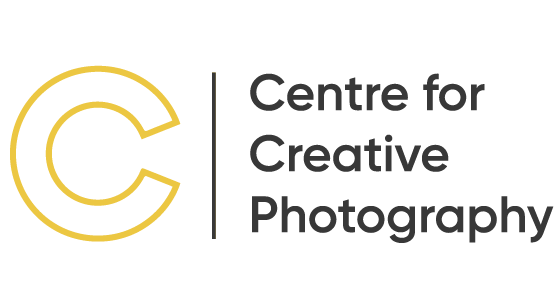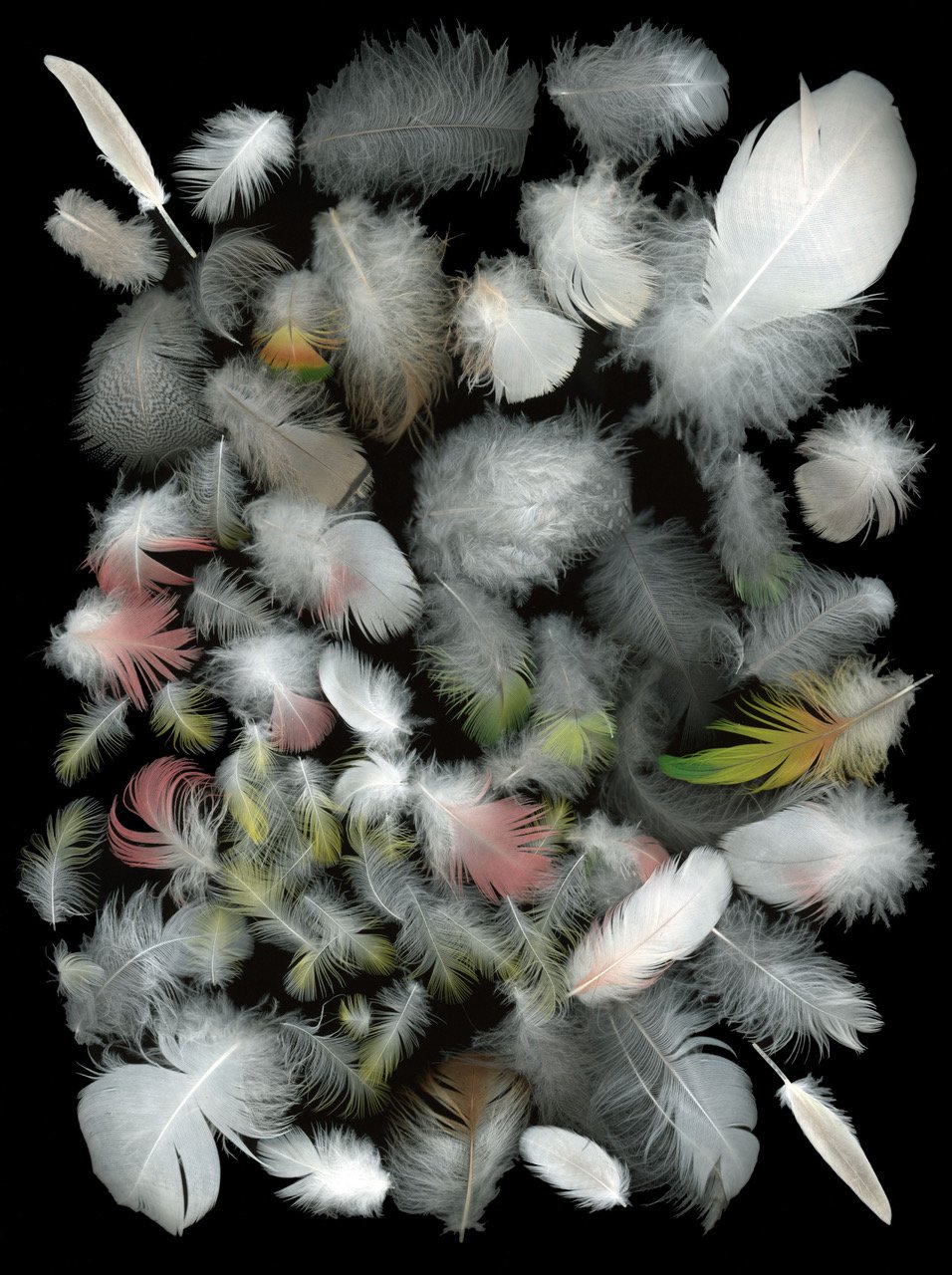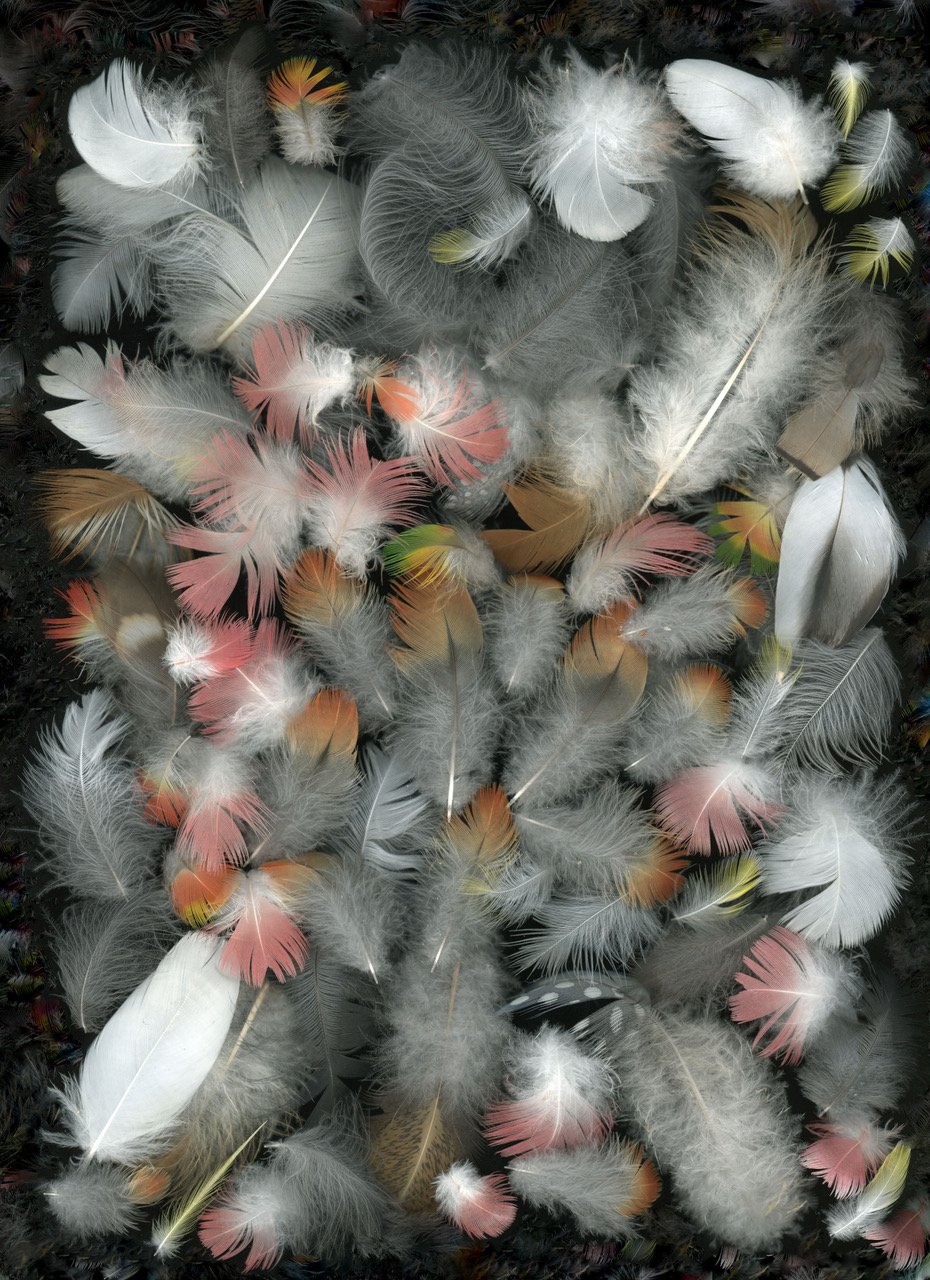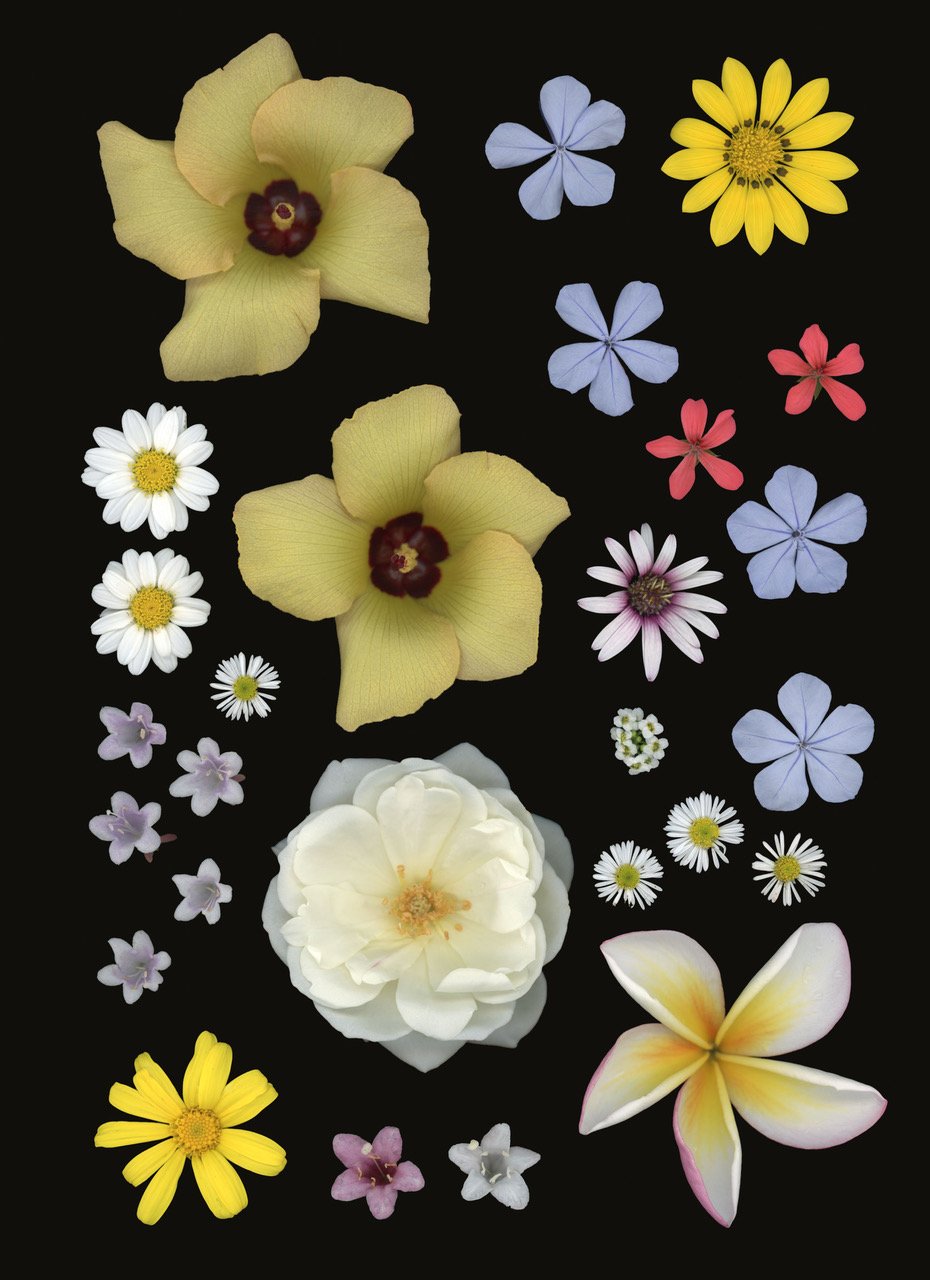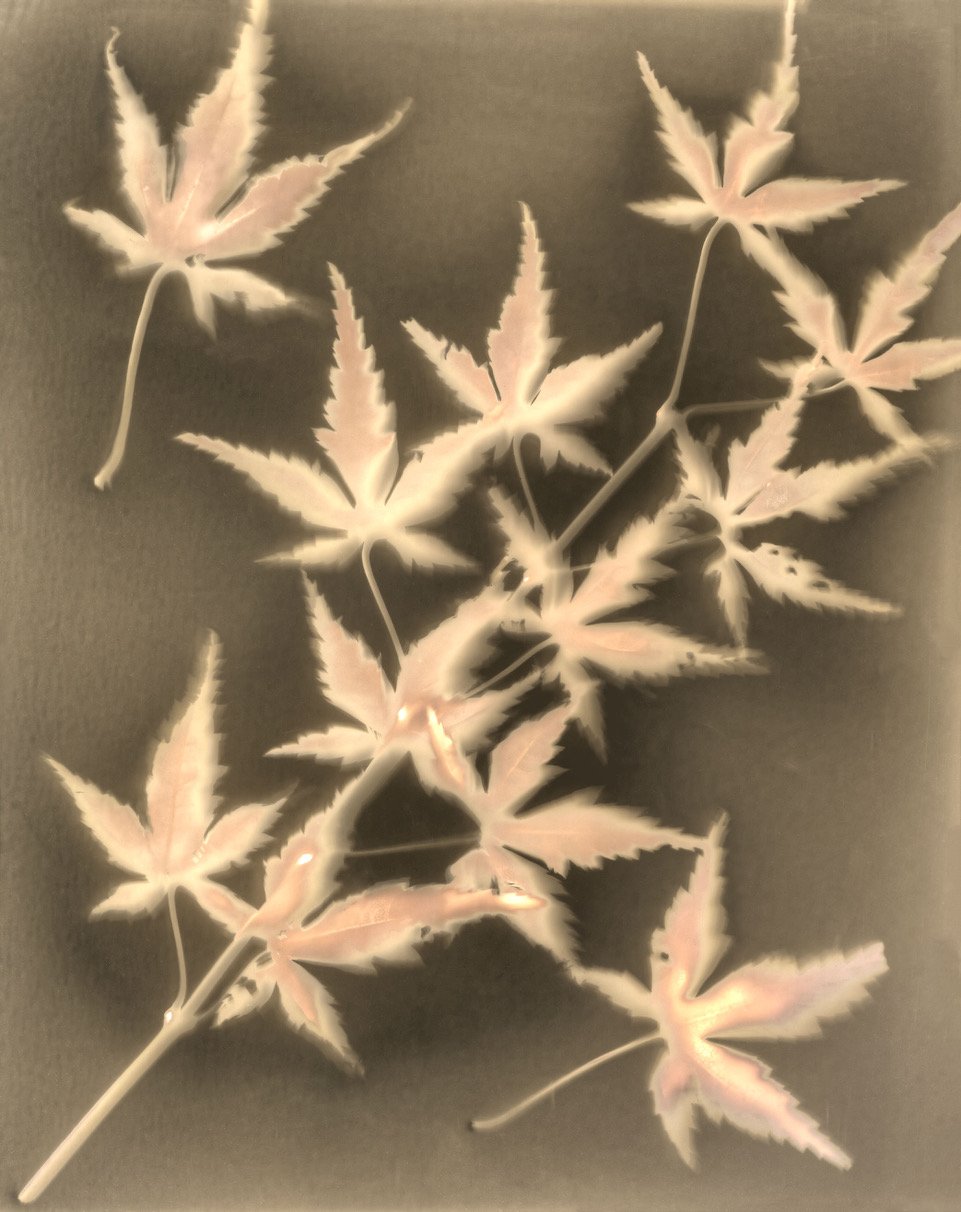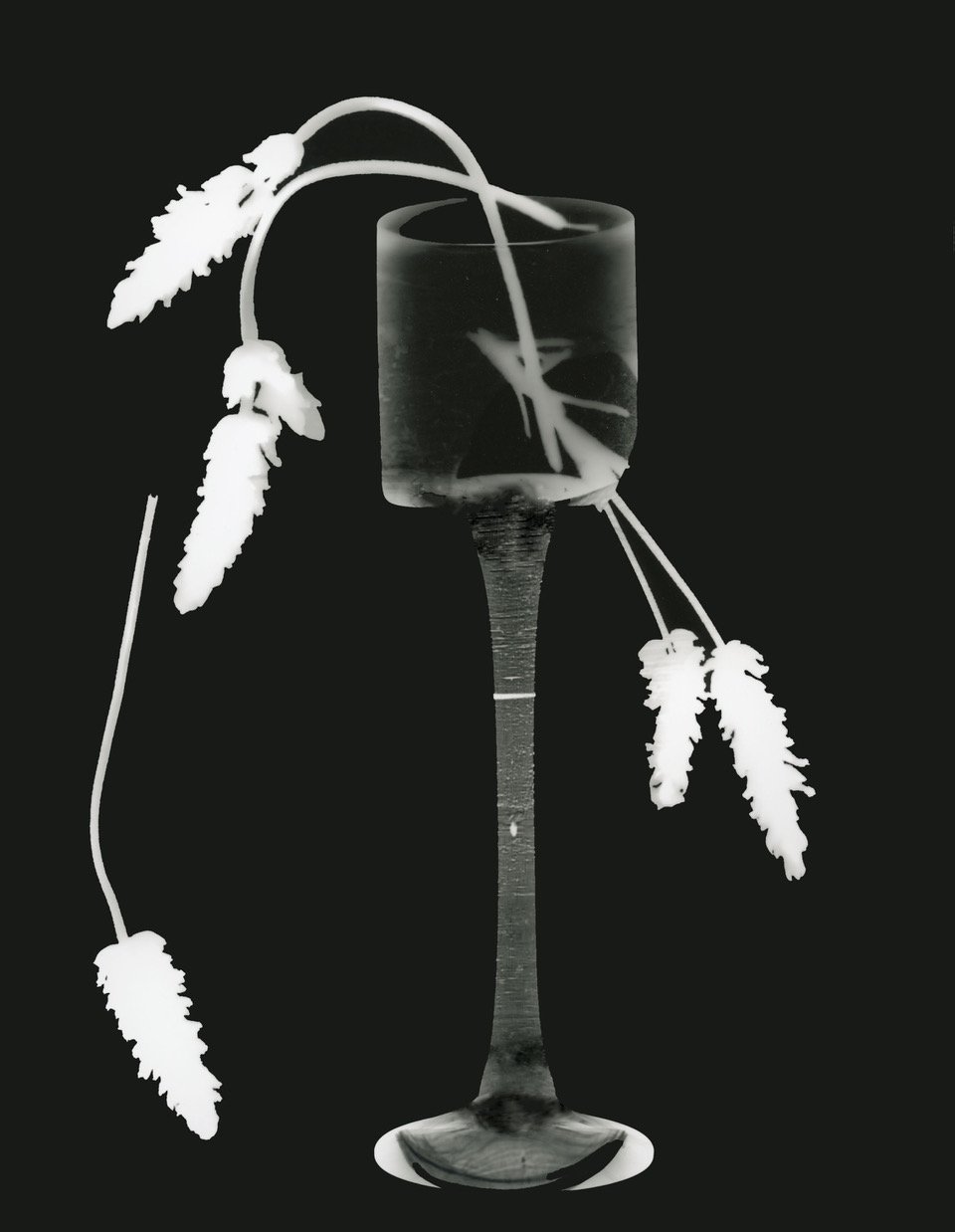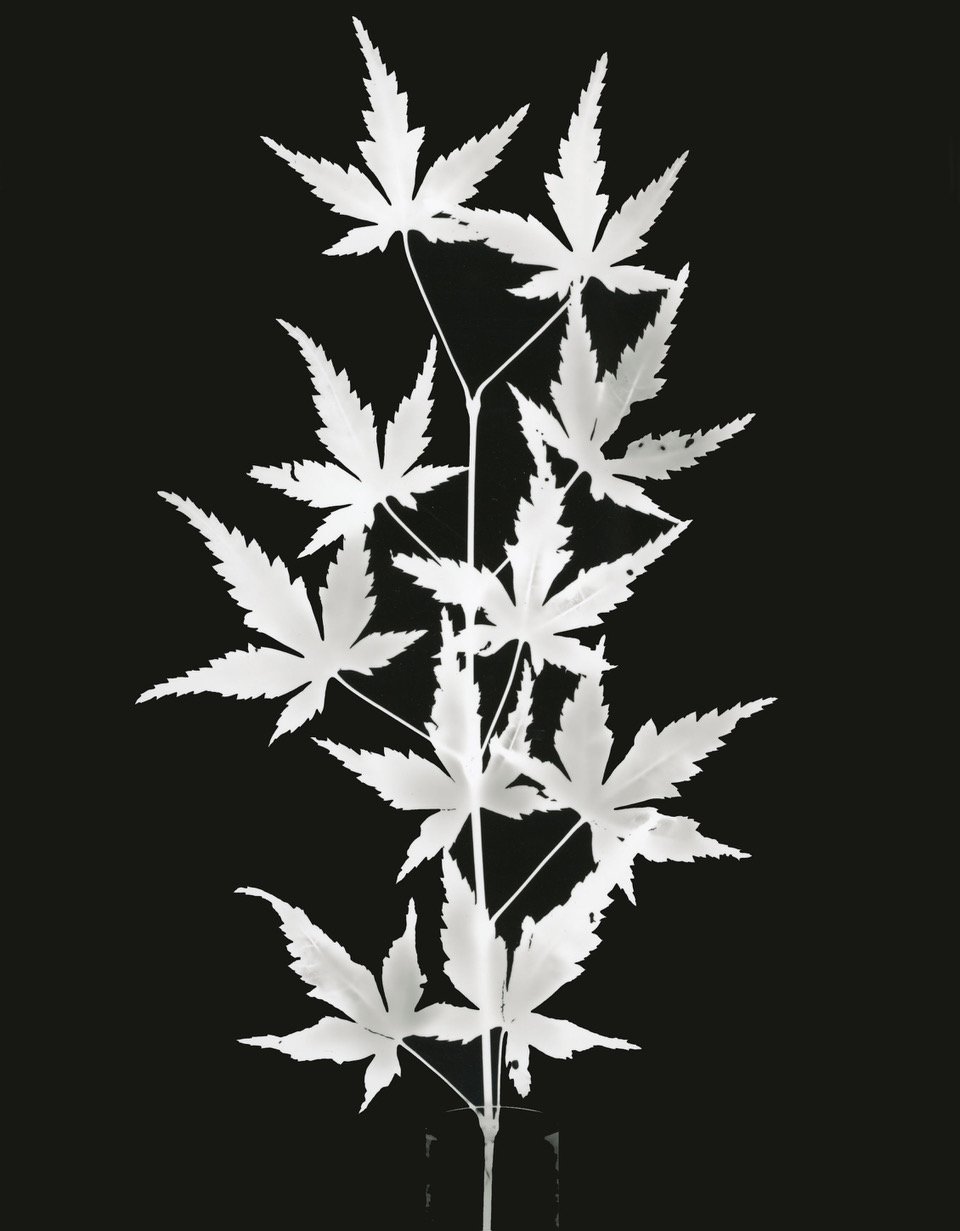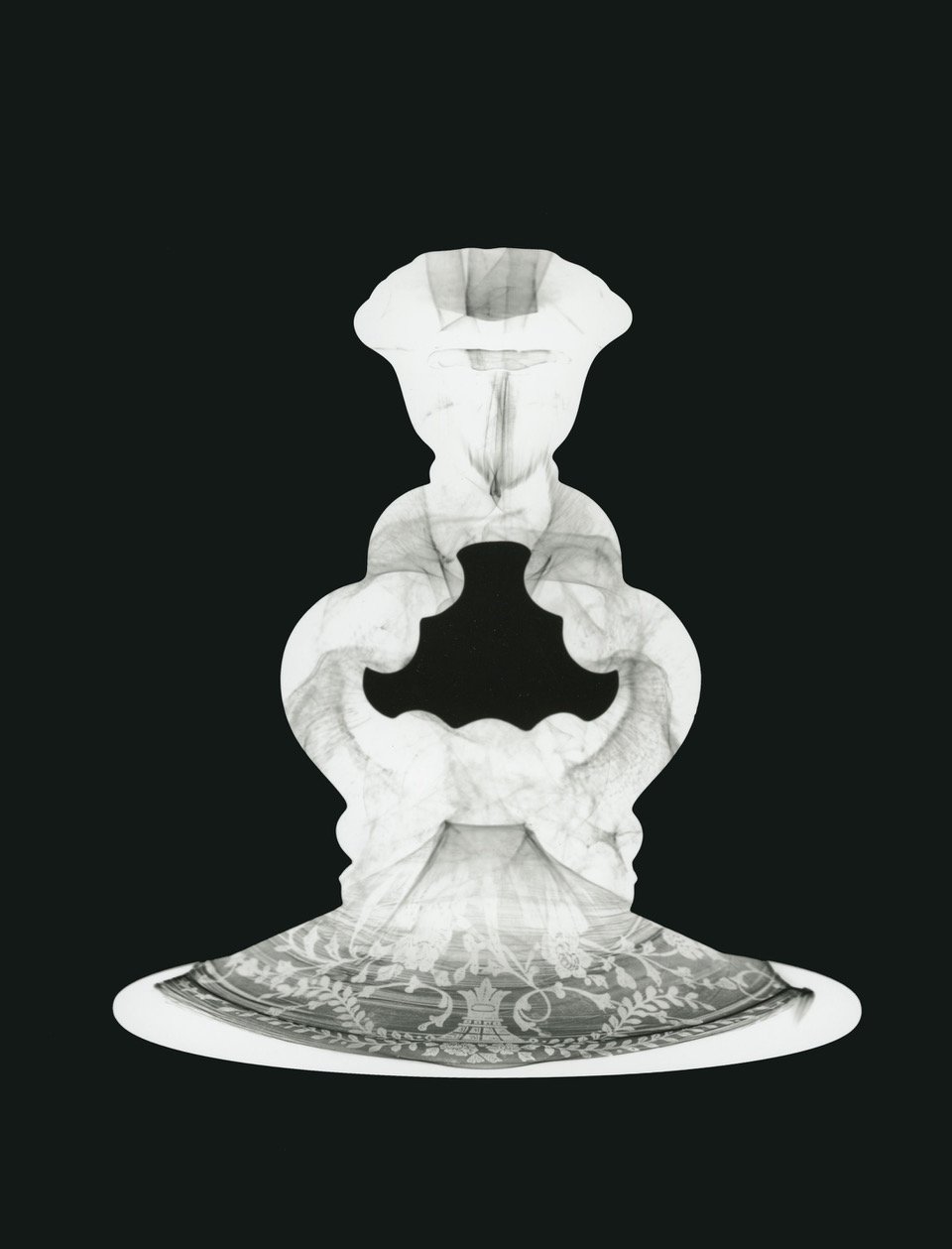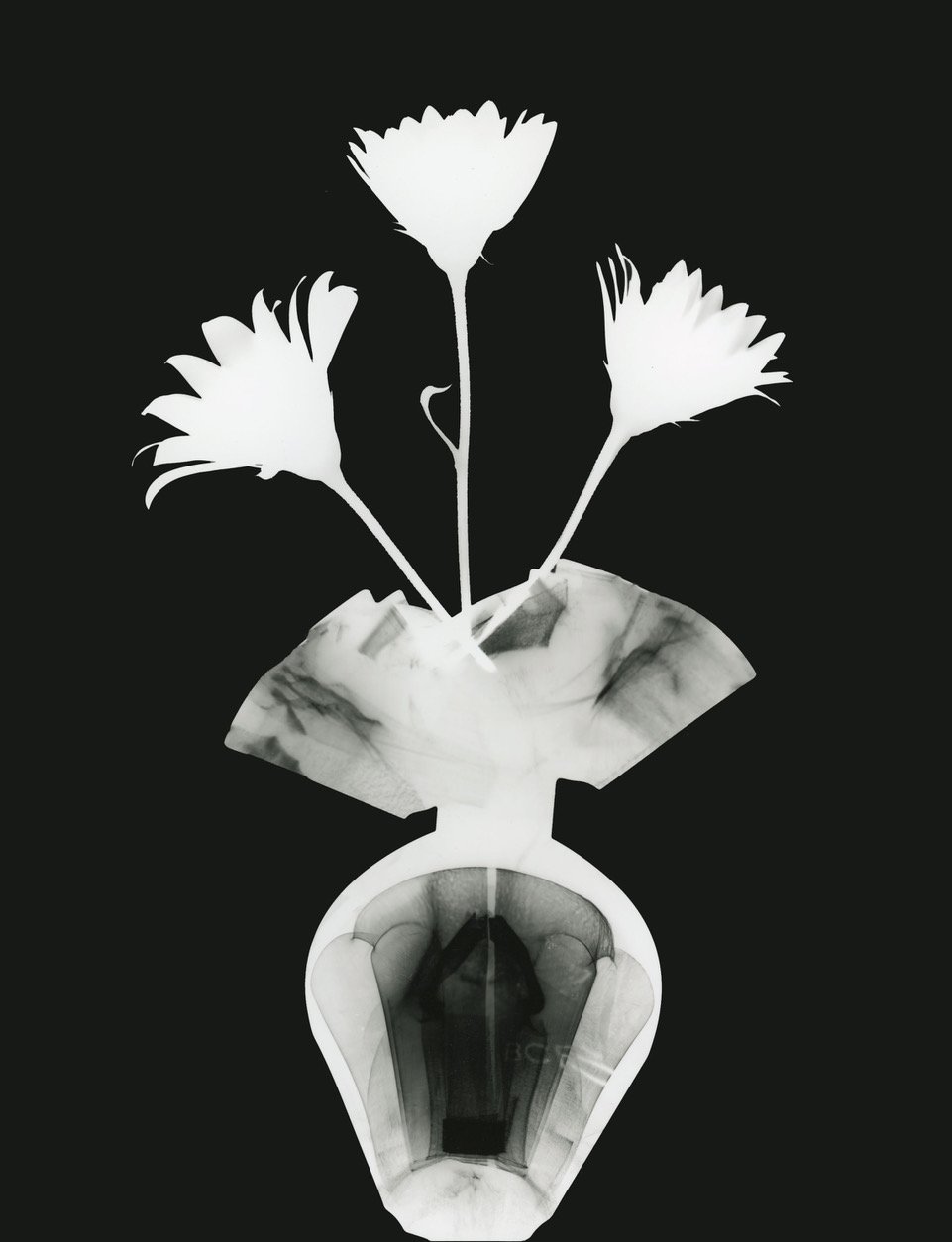FOCUS ON PAMELA ANN BRANGWEN-JONES
Pamela Ann Brangwen-Jones
Pamela's love of, and passion for photography, spans more than half a century, from the moments of wonder and amazement when stepping into uncle Brian's darkroom as a child in the 1960s to becoming totally absorbed in working in the darkroom at the Centre for Creative Photography. Keeping up with the times, she is learning of a whole new world of digital imaging, using the scanner as a camera and mixing the world of digital technology with the bygone era of photograms, lumens and cyanotypes.
As a mother and grandmother, up until commencing learning with the Centre for Creative Photography, Pamela focused mainly on Travel Photography when the rare opportunities arose and Portraiture, using children, grandchildren and other family members and pets as subject matter.
Today, Pamela has broadened her horizons and enjoys photographing anywhere/anytime the opportunity presents itself. She particularly enjoys the idea of being able to create photographically by using sources other than the camera - a walk with the dog can be an opportunity to gather material to place on the scanner bed. At the same time she is particularly happy with a film or digital camera around her neck - sometimes just waiting, sometimes with a particular purpose in mind.
Lumiere
I particularly enjoy the idea that 'A picture paints a thousand words'. With a background in English Literature and Drama, it sometimes seems strange to find myself, in later life, using the Visual Arts as the medium in which I express my creativity.
A keen interest in the darkroom and film photography from childhood drew me to explore alternative photographic processes such as photograms, cyanotypes and lumen printing and never seriously had considered digital technology to make artwork. My fear and hesitation about digital processes was soon pushed aside when I discovered scanograms. I was then ready to begin my exploration of what could be done with the analogue uniqueness of photograms, lumens and cyanotypes as digital conversions.
Digital processes have made it possible not only to duplicate but to also enhance the original images that were either created and processed totally in the darkroom (photograms); created in the darkroom, exposed for a period of time in the sunlight and finished in the darkroom (lumens) and cyanotypes which do not require a darkroom but can be created in a darkened room, exposed in the sunlight and then either simply washed in water or further processed if required.
The creation of photograms in the darkroom pioneered the way for a similar process using a scanner in much the same way that an enlarger is used in the darkroom, the scanner bed being the equivalent of the enlarger in the darkroom. Having discovered this creative opportunity I now find myself unable to take the dog for his morning walk without coming home with a handful of feathers or fresh flowers to arrange on the flat bed and play.
